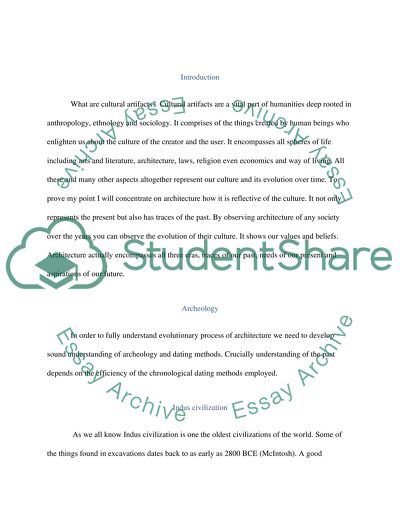Cite this document
(“Cultural Artifacts Essay Example | Topics and Well Written Essays - 1000 words”, n.d.)
Retrieved de https://studentshare.org/environmental-studies/1407012-cultural-artifacts
Retrieved de https://studentshare.org/environmental-studies/1407012-cultural-artifacts
(Cultural Artifacts Essay Example | Topics and Well Written Essays - 1000 Words)
https://studentshare.org/environmental-studies/1407012-cultural-artifacts.
https://studentshare.org/environmental-studies/1407012-cultural-artifacts.
“Cultural Artifacts Essay Example | Topics and Well Written Essays - 1000 Words”, n.d. https://studentshare.org/environmental-studies/1407012-cultural-artifacts.


